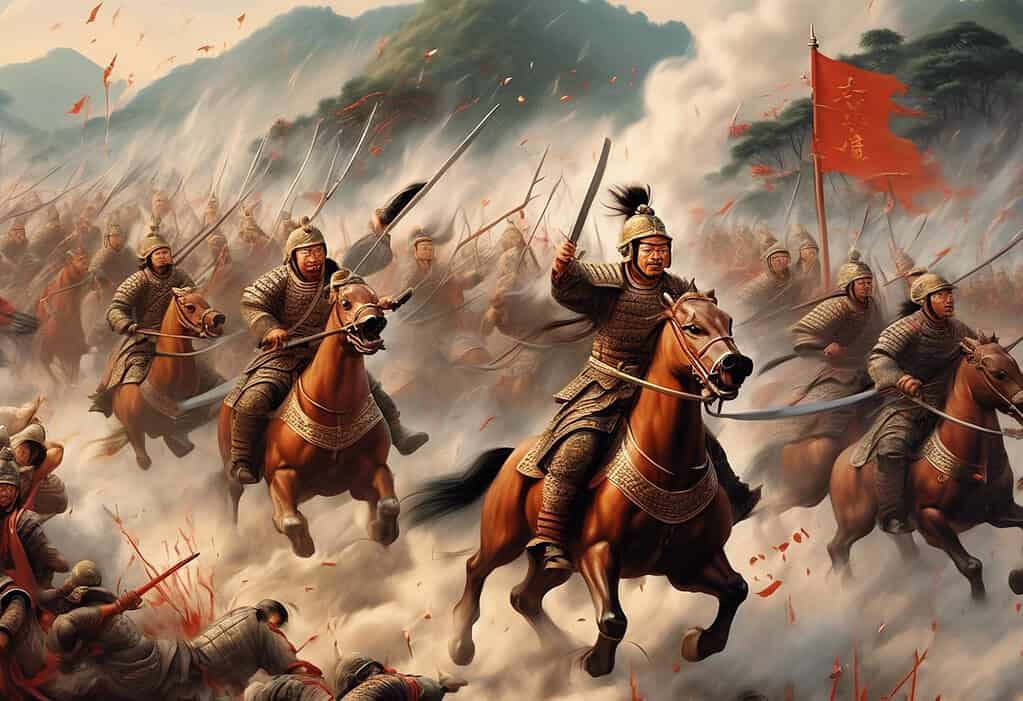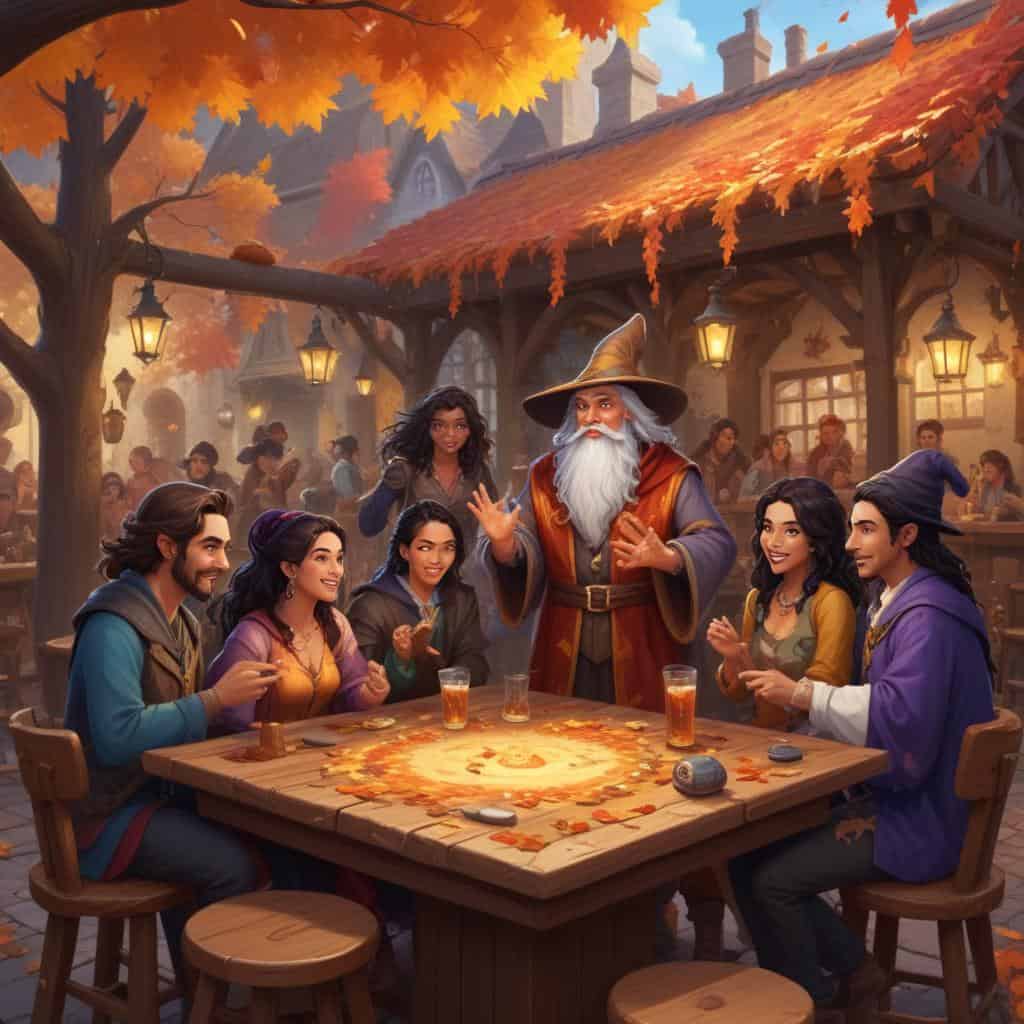The Song Dynasty was a ruling period in China from 960 to 1279 CE. It was known for its advancements in technology, arts, and culture. The dynasty was divided into two periods, the Northern Song and the Southern Song. The Song Dynasty is often regarded as a time of prosperity and innovation in Chinese history.
Summary List
- The Song Dynasty ruled China from 960 to 1279 CE.
- It was a time of great cultural and technological advancements, such as the invention of gunpowder and printing.
- The Song Dynasty was divided into two periods: the Northern Song and the Southern Song.
- They were known for their civil service system, which selected government officials based on merit rather than family connections.
- The Song Dynasty eventually fell to the Mongol invasion led by Kublai Khan in 1279.
Games And Apps
Learning Modules
Founding of the Song Dynasty - 960 CE
In 960 CE, the Song Dynasty was founded in China, marking a new era of stability and prosperity. The dynasty's innovative reforms, advancements in technology, and flourishing culture made it a golden age in Chinese history. Follow the journey of this influential dynasty as it rises to power and shapes the future of China.
I Want To Learn This!Battle of Gaoping - 963 CE
In the year 963 CE, the Battle of Gaoping marked a pivotal moment in Chinese history as the Song Dynasty faced off against the Liao Dynasty. With shifting alliances and strategic maneuvers, the outcome of this bloody conflict would shape the balance of power in East Asia for years to come.
I Want To Learn This!Imperial Examination System Established - 970 CE
In 970 CE, the Imperial Examination System was established in China, revolutionizing the way officials were selected. This system allowed individuals from all social classes to showcase their knowledge and skills through rigorous exams, ultimately shaping the future of governance in the country.
I Want To Learn This!Construction of Kaifeng City Walls - 1004 CE
In 1004 CE, the construction of the Kaifeng City Walls began, marking a monumental feat of engineering and defense. The walls were built to protect the bustling capital of the Northern Song Dynasty from invasions and attacks. Discover the history and significance of these ancient fortifications.
I Want To Learn This!Renzong's Peaceful Reign - 1022 CE
Renzong's Peaceful Reign in 1022 CE was a time of prosperity and cultural advancement in the Song Dynasty of China. Renzong's policies focused on promoting education, arts, and literature, leading to a period of great stability and growth. His reign is remembered as a golden age in Chinese history.
I Want To Learn This!Jingkang Incident - 1127 CE
The Jingkang Incident of 1127 was a pivotal event in Chinese history, marking the fall of the Northern Song Dynasty to the invading Jurchen Jin Dynasty. This catastrophic defeat led to the establishment of the Southern Song Dynasty and a significant shift in power dynamics in East Asia.
I Want To Learn This!Southern Song Dynasty Established - 1127 CE
In 1127 CE, the Southern Song Dynasty was established in China after the fall of the Northern Song Dynasty to the Jurchen Jin Dynasty. This period marked a time of cultural and technological advancements in China, including the development of printing, gunpowder, and advancements in agriculture and trade.
I Want To Learn This!Battle of Yancheng - 1141 CE
In 1141 CE, the Battle of Yancheng saw the Song dynasty forces under Yue Fei face off against the Jin dynasty in a decisive conflict. With intricate military tactics and fierce fighting, this battle marked a turning point in the struggle for control in ancient China.
I Want To Learn This!Invention of Movable Type Printing - 1234 CE
In 1234 CE, the invention of movable type printing revolutionized the way information was disseminated, paving the way for the spread of knowledge and ideas on a larger scale. This innovation by Chinese inventor Bi Sheng laid the foundation for the modern printing industry and changed the course of history.
I Want To Learn This!Mongol Siege of Xiangyang - 1268 CE
In 1268 CE, the Mongols launched a brutal siege of Xiangyang, a strategic city in China. The defenders, led by General Lu Wenhuan, held out for over five years against the overwhelming forces of Kublai Khan. The siege was a bloody and protracted battle that tested the strength and resilience of both sides.
I Want To Learn This!Fall of the Song Dynasty - 1279 CE
In 1279 CE, the once-mighty Song Dynasty of China fell to the Mongol Empire, marking the end of an era. With its rich culture and advanced technology, the Song Dynasty's demise left a lasting impact on Chinese history and paved the way for the rise of the Yuan Dynasty.
I Want To Learn This!












